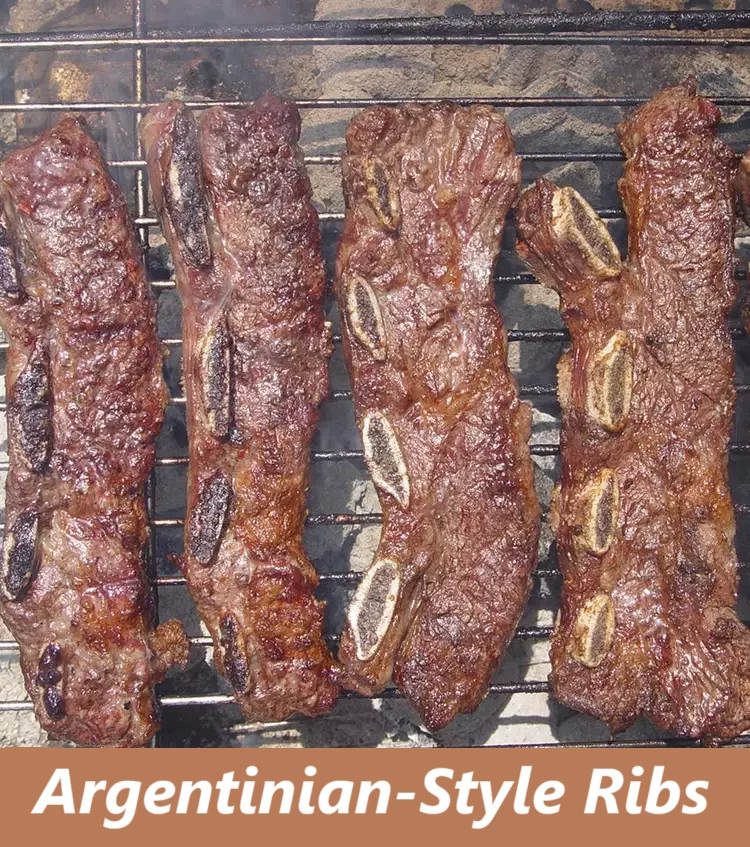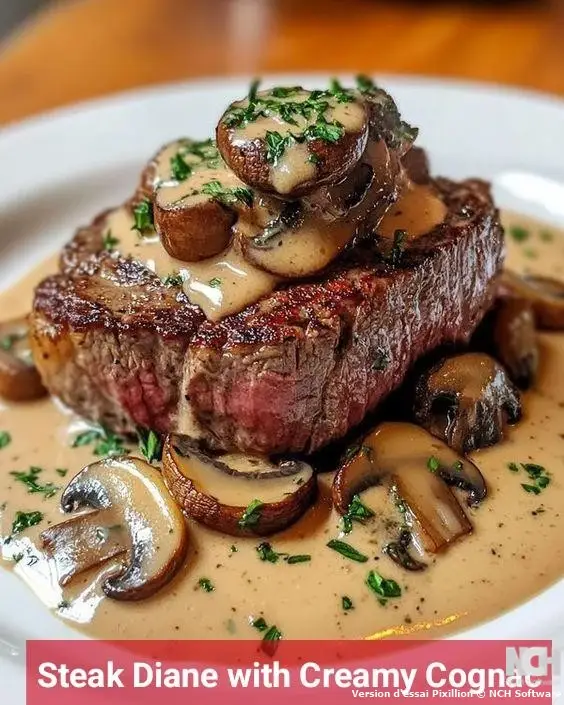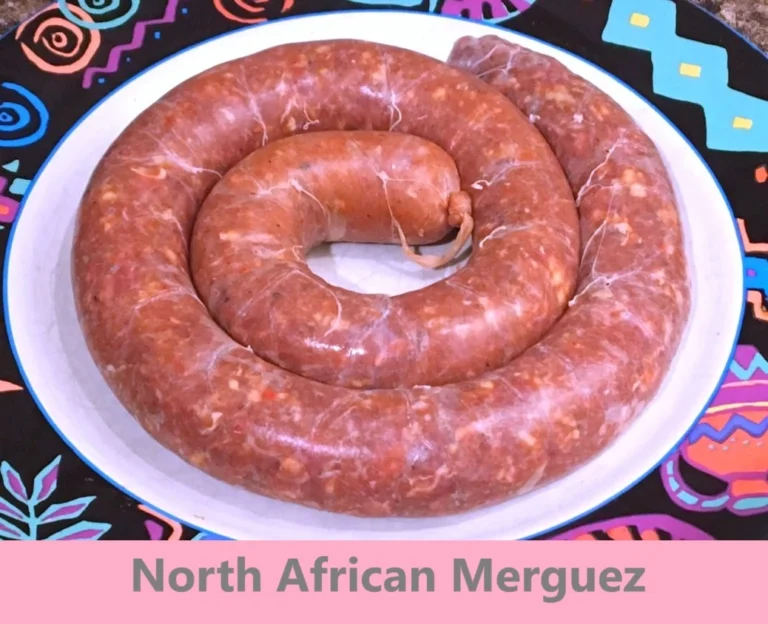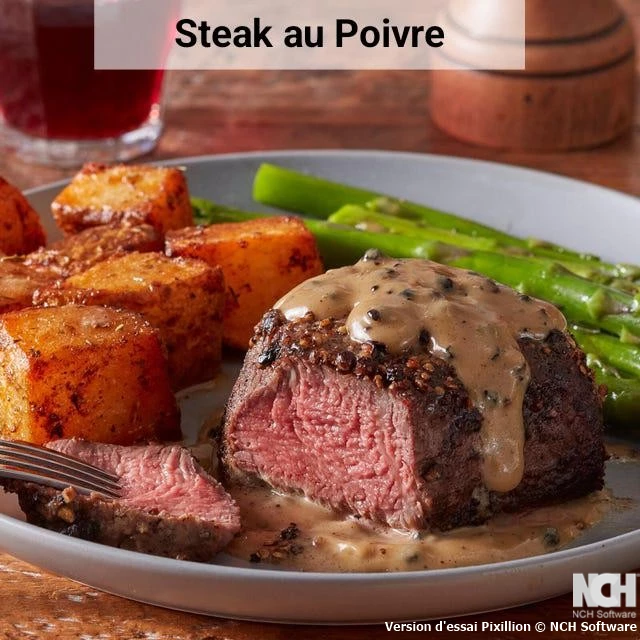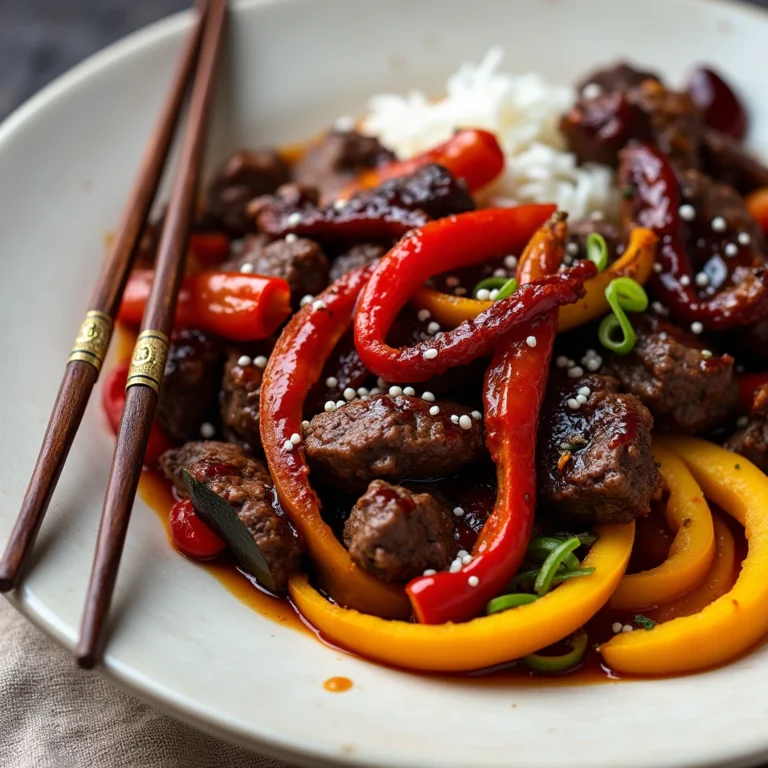How to Make Costillas Asadas (Argentinian BBQ Ribs) at Home
Table of Contents
Introduction
Did you know that traditional Argentinian barbecue, or asado, accounts for over 70% of Argentina’s meat consumption, with beef short ribs representing one of the most celebrated cuts in South American grilling culture? This statistic challenges the common misconception that complex marinades and lengthy cooking processes are necessary for exceptional barbecued ribs. Argentinian-style ribs, known locally as costillas asadas, demonstrate that the finest flavors often emerge from the simplest techniques, relying on premium beef, coarse salt, and the transformative power of high-heat grilling.
The philosophy behind authentic Argentinian barbecue centers on respecting the natural qualities of the meat rather than masking them with elaborate seasonings. This approach to preparing Argentinian-style ribs represents a fundamental departure from American barbecue traditions, focusing instead on technique, timing, and the judicious use of salt to enhance rather than overwhelm the beef’s inherent richness. The result is a dish that celebrates the purity of flavor while delivering an unforgettable dining experience that transports you directly to the pampas of Argentina.
Ingredients List
Primary Ingredients:
- 6 pounds beef short ribs (preferably grass-fed for optimal flavor and marbling)
- 1 cup coarse salt, such as kosher salt or sea salt (provides essential crust formation and flavor enhancement)
- 6 medium limes, cut into wedges (delivers bright acidity to balance the rich beef)
Substitution Options:
The coarse salt can be replaced with flaky sea salt or rock salt, though coarse kosher salt remains the preferred choice for its consistent grain size and clean flavor profile. For those seeking additional complexity, a blend of coarse salt with cracked black pepper in a 4:1 ratio can provide subtle enhancement without compromising the traditional approach.
Fresh lime juice represents the essential acidic component, though fresh lemon can serve as an acceptable substitute when limes are unavailable. The citrus element is crucial for cutting through the richness of the beef fat and providing the characteristic bright finish that defines authentic Argentinian-style ribs.
Timing
The preparation and cooking timeline for Argentinian-style ribs demonstrates remarkable efficiency compared to traditional American barbecue methods. The total active time requirement spans only 15-20 minutes, representing approximately 75% less time investment than conventional slow-cooked rib preparations.
Preparation Time: 5 minutes (active preparation including seasoning) Cooking Time: 10-15 minutes (direct grilling over medium-high heat) Total Time: 15-20 minutes (from preparation to serving)
This accelerated timeline reflects the high-heat grilling technique fundamental to Argentinian barbecue, where intense heat sears the exterior while maintaining the desired doneness throughout the meat. The efficiency of this method makes it particularly suitable for weeknight dinners or impromptu gatherings where time constraints would otherwise prohibit barbecued rib preparation.
Step-by-Step Instructions
Step 1: Establish Optimal Grilling Conditions
Begin by preheating your outdoor grill to medium-high heat, ensuring the grates reach approximately 400-450°F for proper searing. Clean the grates thoroughly and apply a light coating of high-heat cooking oil to prevent sticking. The initial preparation phase establishes the foundation for successful execution of the Argentinian grilling technique.
Step 2: Apply the Salt Crust Technique
Generously coat all surfaces of the beef short ribs with coarse salt, creating an even layer that will draw moisture from the exterior while seasoning the meat. This salt crust technique, fundamental to Argentinian barbecue, serves multiple purposes including flavor enhancement, moisture regulation, and crust formation during the high-heat cooking process.
Step 3: Execute the High-Heat Grilling Method
Place the salt-coated ribs directly on the preheated grill grates and cook for 5-7 minutes per side. Monitor the ribs carefully for visual cues including the development of a golden-brown crust and the meat beginning to pull away from the bones. The target internal temperature should reach 130°F for medium-rare doneness, which preserves the tender texture characteristic of properly prepared Argentinian-style ribs.
Step 4: Apply the Finishing Touch
Remove the ribs from the grill once they achieve the desired doneness and immediately transfer to a serving platter. Squeeze fresh lime juice generously over the hot ribs, allowing the citrus acidity to penetrate the salt crust and complement the rich beef flavors. Serve immediately while the ribs maintain their optimal temperature and texture.

Nutritional Information
Per serving (based on 6 servings):
- Calories: 520
- Protein: 45g (90% of daily recommended value)
- Total Fat: 28g (including beneficial monounsaturated fats from grass-fed beef)
- Saturated Fat: 12g
- Cholesterol: 135mg
- Sodium: 1,200mg (primarily from salt crust application)
- Carbohydrates: 2g (from lime juice)
- Iron: 5.8mg (32% of daily recommended value)
- Zinc: 9.2mg (84% of daily recommended value)
- Vitamin B12: 4.5mcg (188% of daily recommended value)
The nutritional profile of Argentinian-style ribs provides exceptional protein density and essential nutrients, particularly iron and B-complex vitamins that support energy metabolism and immune system function. The grass-fed beef contributes higher levels of omega-3 fatty acids compared to grain-fed alternatives, enhancing the overall nutritional value of the preparation.
Healthier Alternatives for the Recipe
To create a more health-conscious version while maintaining the authentic flavors of Argentinian-style ribs, consider reducing the salt application by approximately 30% and incorporating fresh herbs such as oregano or thyme into the seasoning blend. This modification decreases sodium content while adding antioxidant compounds and aromatic complexity.
For those monitoring saturated fat intake, trimming visible fat from the short ribs before seasoning can reduce the overall fat content by up to 25% without significantly impacting flavor or cooking performance. The remaining marbling within the meat provides sufficient richness and moisture retention during the grilling process.
Alternative preparation methods include using a blend of coarse salt and finely ground black pepper, which introduces beneficial compounds from the pepper while maintaining the traditional salt crust technique. Additionally, serving the ribs with a side of grilled vegetables rather than traditional accompaniments can enhance the overall nutritional profile of the meal.
Serving Suggestions
Present the Argentinian-style ribs on a rustic wooden cutting board or cast-iron platter to emphasize the authentic barbecue experience. Accompany the ribs with traditional Argentine sides such as chimichurri sauce, which provides a fresh herbal contrast to the rich meat, and grilled provoleta cheese for added richness and cultural authenticity.
Consider serving alongside roasted vegetables such as bell peppers, zucchini, and red onions, which can be prepared simultaneously on the grill to create a cohesive meal experience. A simple mixed green salad with olive oil and vinegar dressing provides a refreshing counterpoint to the substantial nature of the ribs.
For beverage pairings, consider full-bodied red wines such as Malbec or Cabernet Sauvignon, which complement the robust beef flavors without overwhelming the palate. Alternatively, traditional Argentine beer or sparkling water with lime can provide refreshing accompaniments that cleanse the palate between bites.
Common Mistakes to Avoid
The most frequent error in preparing Argentinian-style ribs involves over-seasoning the meat with complex spice blends, which contradicts the fundamental principle of simplicity that defines authentic Argentine barbecue. Resist the temptation to add multiple seasonings beyond salt and lime, as this approach can mask the natural beef flavors that represent the centerpiece of the dish.
Temperature control represents another critical factor, as excessive heat can char the exterior before the interior reaches proper doneness, while insufficient heat fails to develop the characteristic crust. Maintain consistent medium-high heat throughout the cooking process and monitor the ribs closely to prevent overcooking.
Many home cooks make the mistake of moving the ribs too frequently during cooking, which prevents proper crust formation and can result in uneven cooking. Allow the ribs to sear undisturbed for the full recommended time before turning, ensuring optimal flavor development and texture.
Timing the lime application incorrectly can also diminish the final result. The citrus should be applied immediately after removing the ribs from the grill while the meat remains hot, allowing the lime juice to interact with the salt crust and penetrate the meat surface effectively.
Storing Tips for the Recipe
Proper storage of leftover Argentinian-style ribs requires immediate refrigeration to maintain food safety and preserve quality. Wrap the cooled ribs tightly in aluminum foil or place in airtight containers, then refrigerate for up to three days while maintaining temperatures below 40°F.
For reheating purposes, avoid microwave methods that can compromise texture and instead utilize low-temperature oven reheating at 250°F until the internal temperature reaches 140°F. This gentle reheating method preserves the original texture and prevents overcooking of the already-prepared meat.
The salt crust seasoning blend can be prepared in larger quantities and stored in airtight containers for up to six months, providing convenience for future preparations. Fresh lime juice should always be applied immediately before serving and cannot be stored effectively with the cooked ribs.
For meal preparation purposes, the ribs can be seasoned with the salt crust up to four hours in advance and stored covered in the refrigerator, though optimal results occur when the seasoning is applied immediately before grilling.
Conclusion
Argentinian-style ribs exemplify the power of simplicity in barbecue preparation, demonstrating how premium ingredients and proper technique can create extraordinary results. The combination of high-quality beef short ribs, coarse salt crust, and bright lime finish delivers an authentic taste of Argentine asado culture while remaining accessible to home cooks of all skill levels.
We encourage you to experience this traditional preparation method and share your results in the comments section below. Document your grilling adventure and provide feedback on how the simplified approach compared to your previous rib preparations. Subscribe to our blog for additional authentic international barbecue recipes and techniques that will expand your grilling repertoire.

FAQs
Q: Can I prepare Argentinian-style ribs using a gas grill instead of charcoal? A: Gas grills work effectively for this preparation method, though charcoal provides superior flavor development. Ensure your gas grill can maintain consistent medium-high heat and consider adding wood chips for enhanced smokiness.
Q: What cut of beef ribs works best for this recipe? A: Beef short ribs, specifically English-cut short ribs, provide optimal results due to their marbling and thickness. Chuck short ribs can serve as alternatives, though cooking times may require adjustment based on thickness variations.
Q: How can I determine doneness without a thermometer? A: Visual cues include the meat pulling away from the bones and the development of a golden-brown crust. The ribs should feel firm but not hard when pressed gently, indicating proper doneness without overcooking.
Q: Is it necessary to let the ribs rest after grilling? A: Unlike larger cuts of meat, these thin-cut ribs can be served immediately after grilling. The quick cooking method and lime application work best when the ribs remain hot from the grill.
Q: Can I prepare this recipe indoors using a grill pan? A: A cast-iron grill pan can produce acceptable results, though the flavor profile will differ from outdoor grilling. Ensure adequate ventilation and preheat the pan thoroughly before adding the seasoned ribs.
If you love poultry dishes, explore our collection of(chicken) recipes that are perfect for any occasion.

